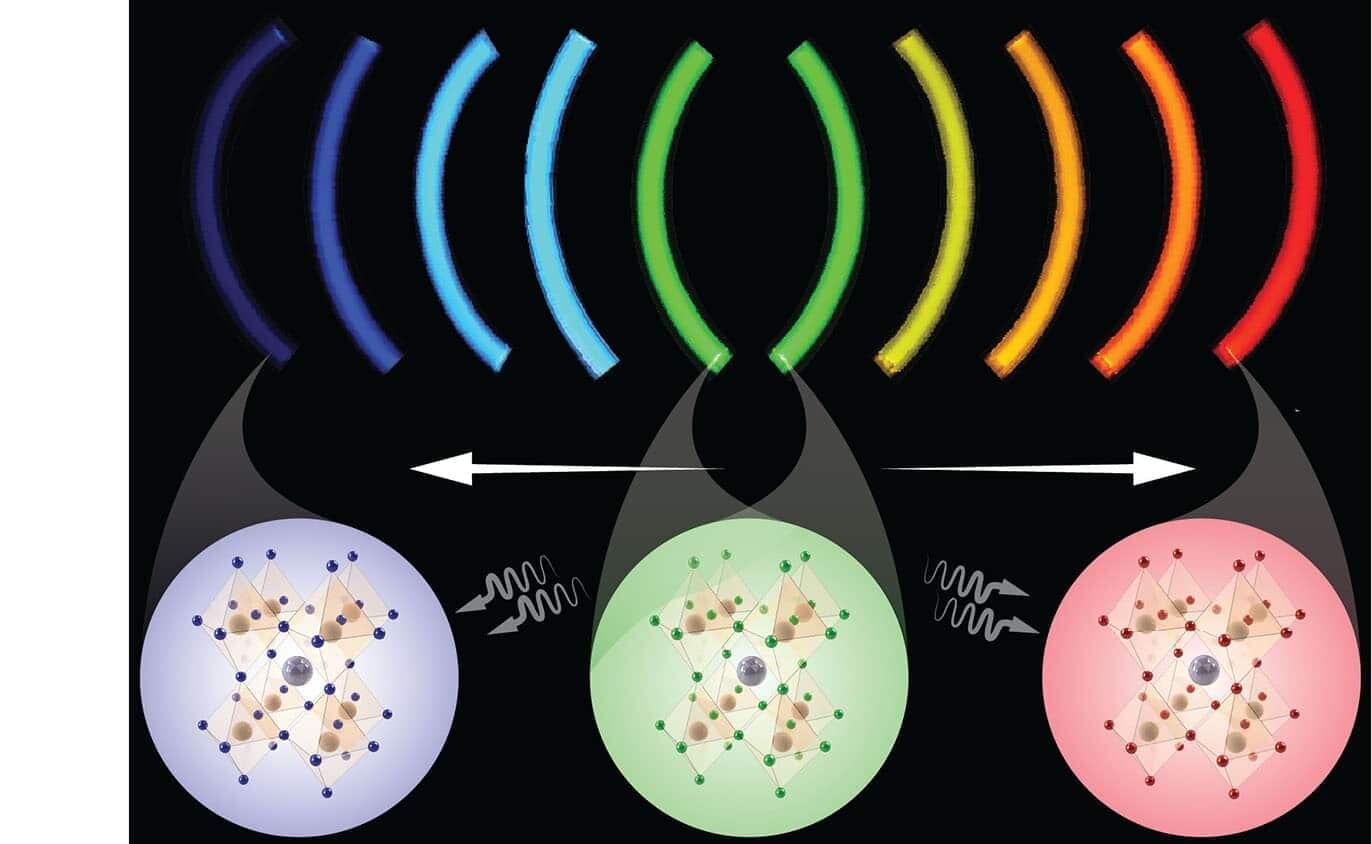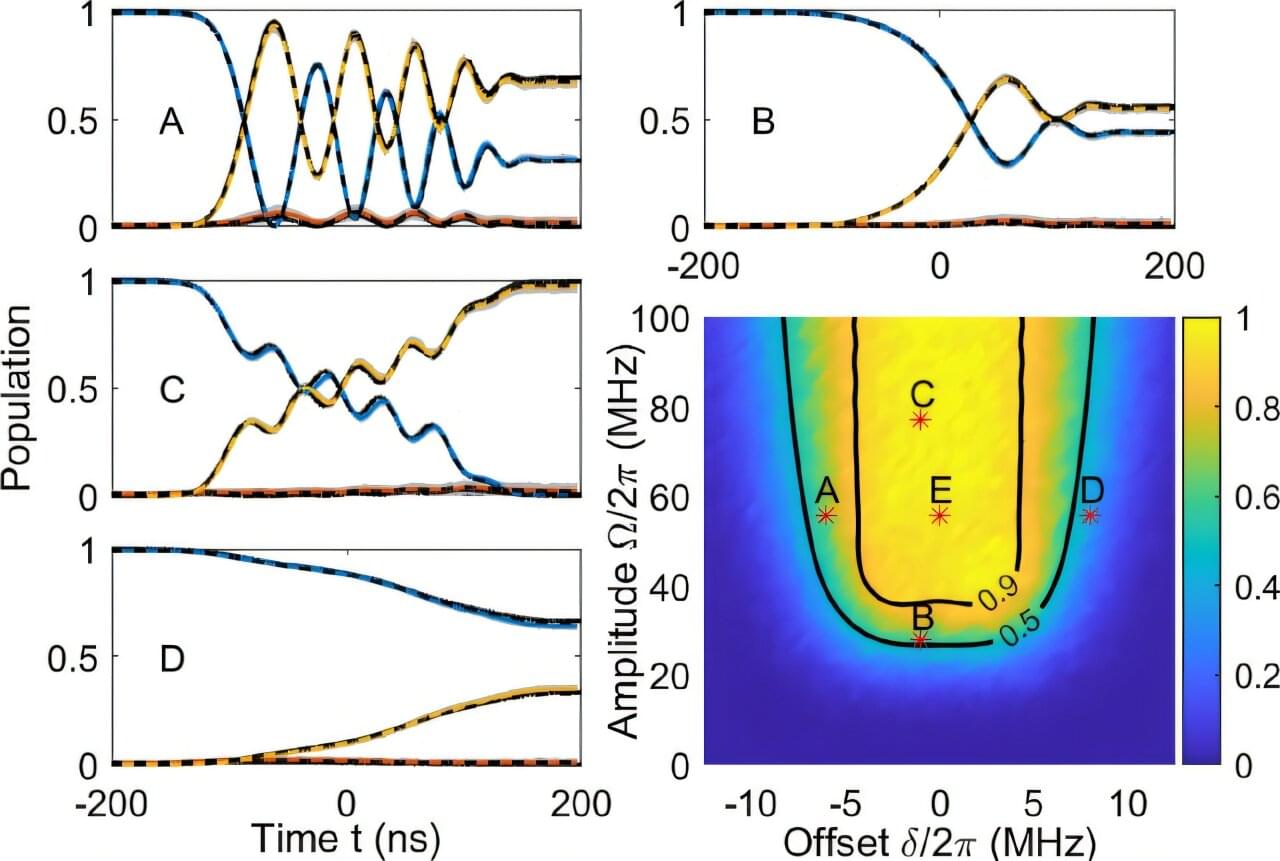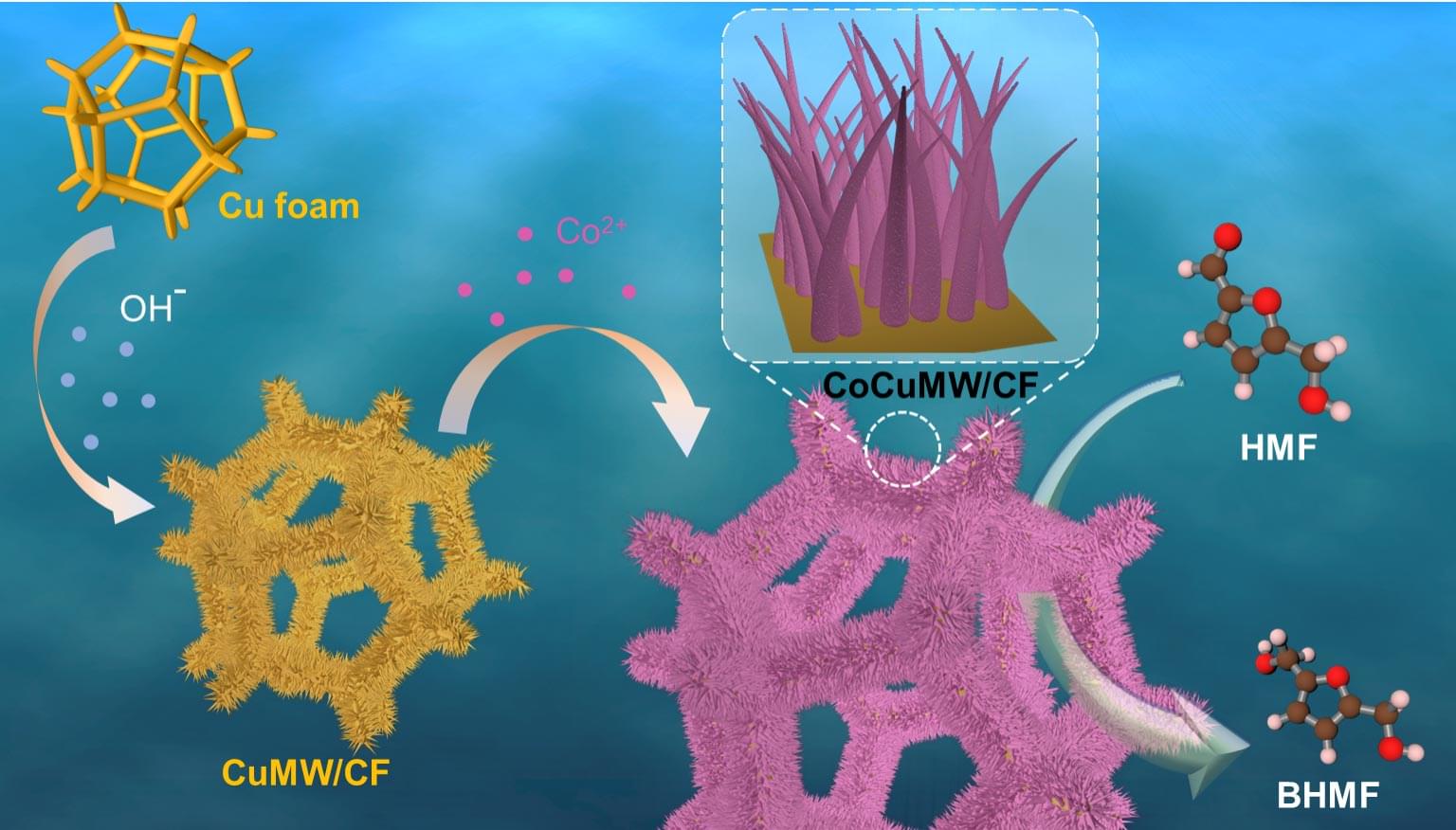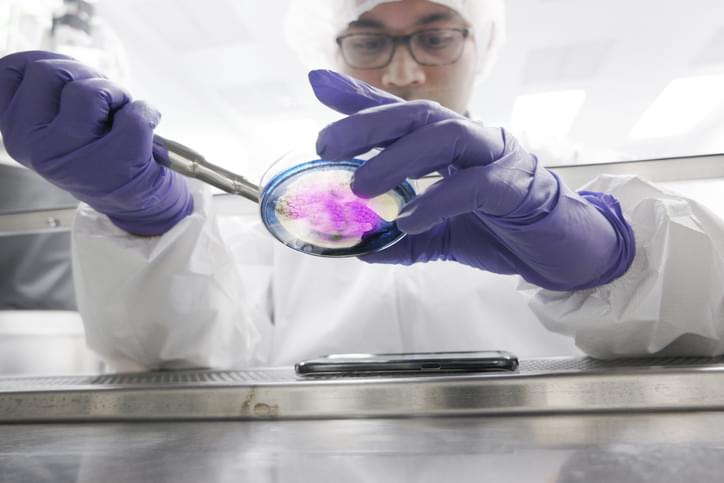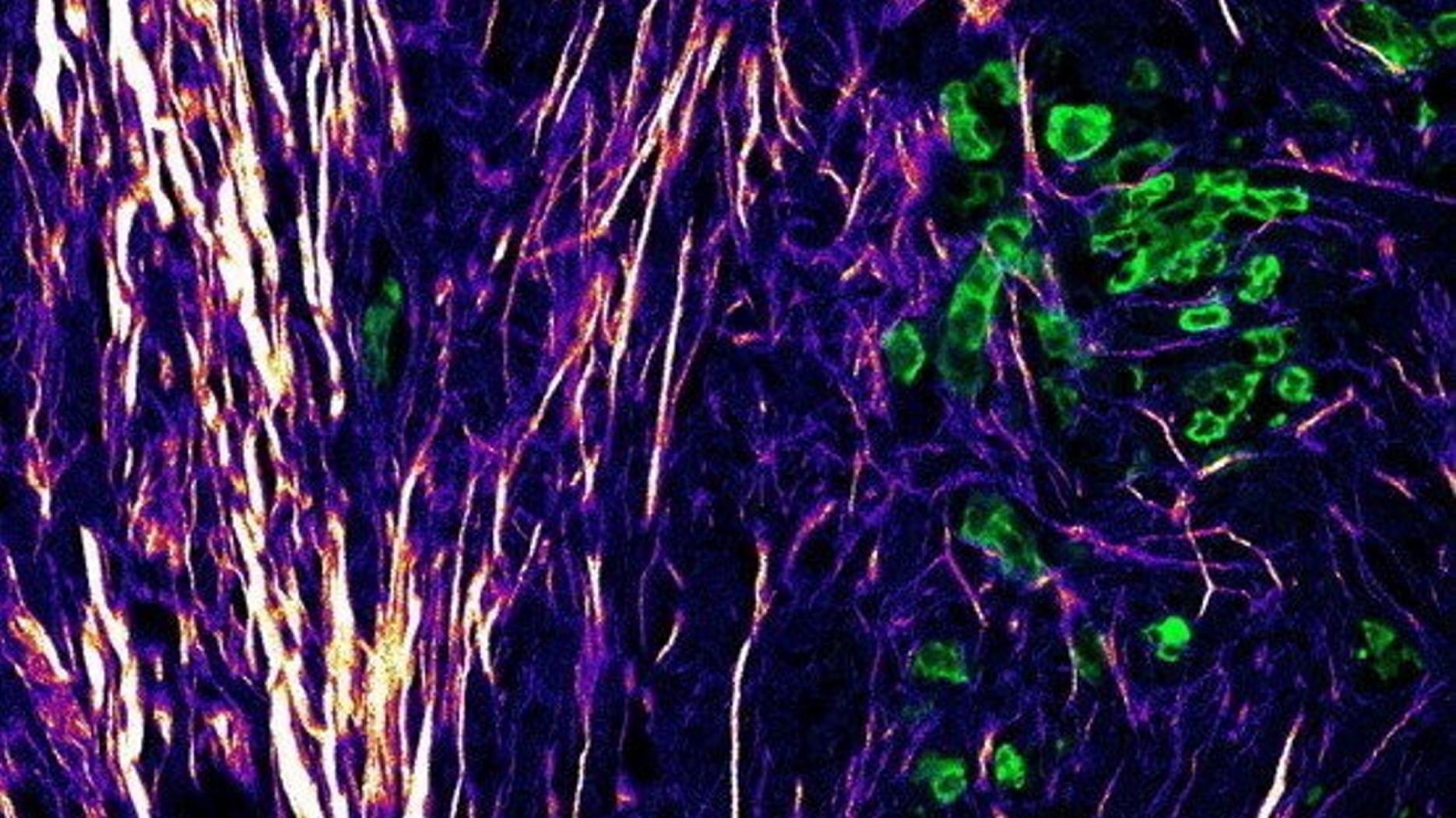Here’s more evidence that your drinking water may be unsafe.
A new analysis out of Sweden reports that disinfecting water with chlorine creates chemical byproducts that can increase the risk of bladder cancer by 33% and colorectal cancer by 15%.
The culprit appears to be trihalomethanes (THMs), which are made up of four compounds — chloroform, bromodichloromethane, dibromochloromethane and bromoform. THMs are found in nearly all public water systems in the US and European Union.



